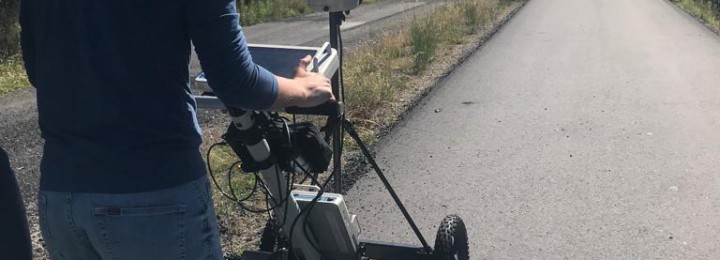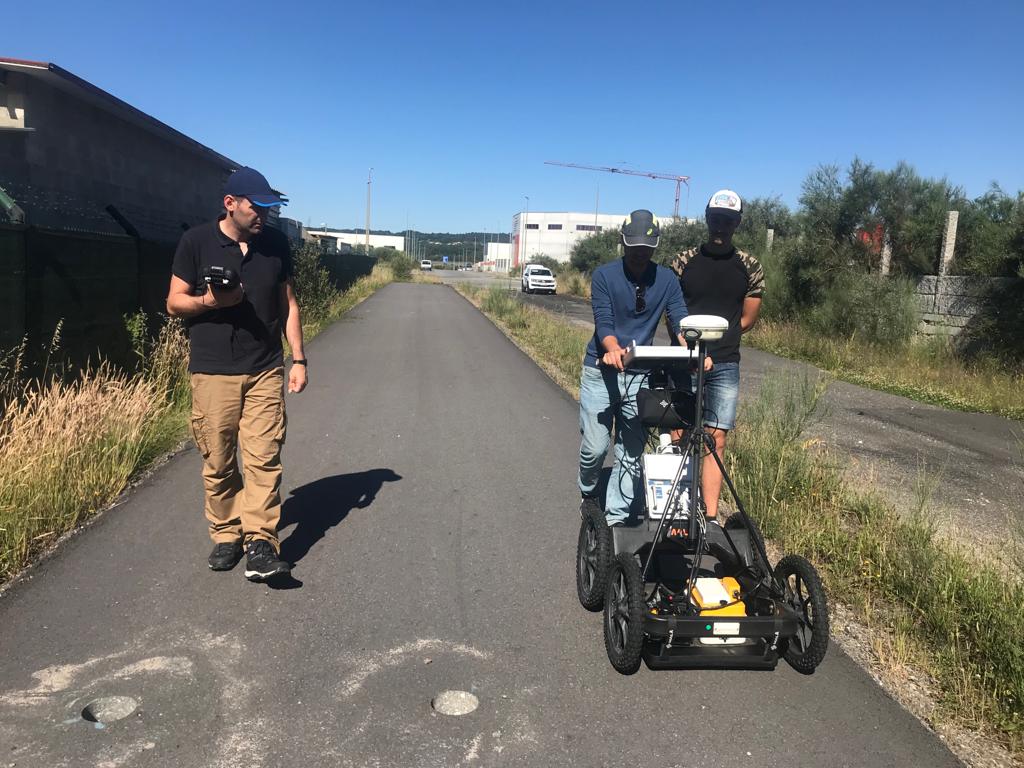18/10/2022
Misturas collaborates with the University of Vigo to develop state-of-the-art techniques to evaluate critical transport infrastructures

Since last Spring, Misturas takes part in the “ENDITI: Non-destructive Assessment of Critical Transport Infrastructures” research project, coordinated by the GEOTECH team at the University of Vigo (UVigo) and led by Professor Mercedes Solla (a Ramón y Cajal researcher from this academic institution).
The ENDITI project combines several non-destructive inspection techniques to evaluate the condition of critical transport infrastructures. While the ground penetrating radar (GPR) is used to identify non-visible defects in roads and platforms, an interferometric synthetic aperture radar (INSAR) analyzes and monitors displacements affecting different types of transport structures.
The combined use of these tools allows for digital BIM (Building Information Modeling) and the development of AI algorithms that process and interpret the data obtained using the aforementioned devices in a semi-automated manner.
Among the experimental work undertaken by Misturas, the collection of GPR data in the company’s asphalt-mixing plant in Allariz (Ourense) is worth highlighting. For these on-site tests, 3 geo-radar antennas were used (with frequencies ranging from 800 MHz to 1.2 GHz and 2.3 GHz). The goal was to identify the different layers that make up the road surface. Since data was collected in a specific area, under controlled conditions, and real coring values were obtained, results will be useful to calibrate the GPR signal and train automatic layer-detection models based on deep learning.
The ENDITI project is co-funded by the Department of Education, Culture and Universities of the Galician Government, as part of the “2021 Program for the Consolidation and Structuring of Competitive Research Units”. Moreover, in addition to Misturas and UVigo, the project is supported by research staff from the Polytechnic University of Catalonia’s (UPC) GIES Group, the TIDOP Group working for the University of Salamanca (USAL) and Portugal’s National Laboratory for Civil Engineering (Laboratorio Nacional de Engenharia Civil, LNEC).

